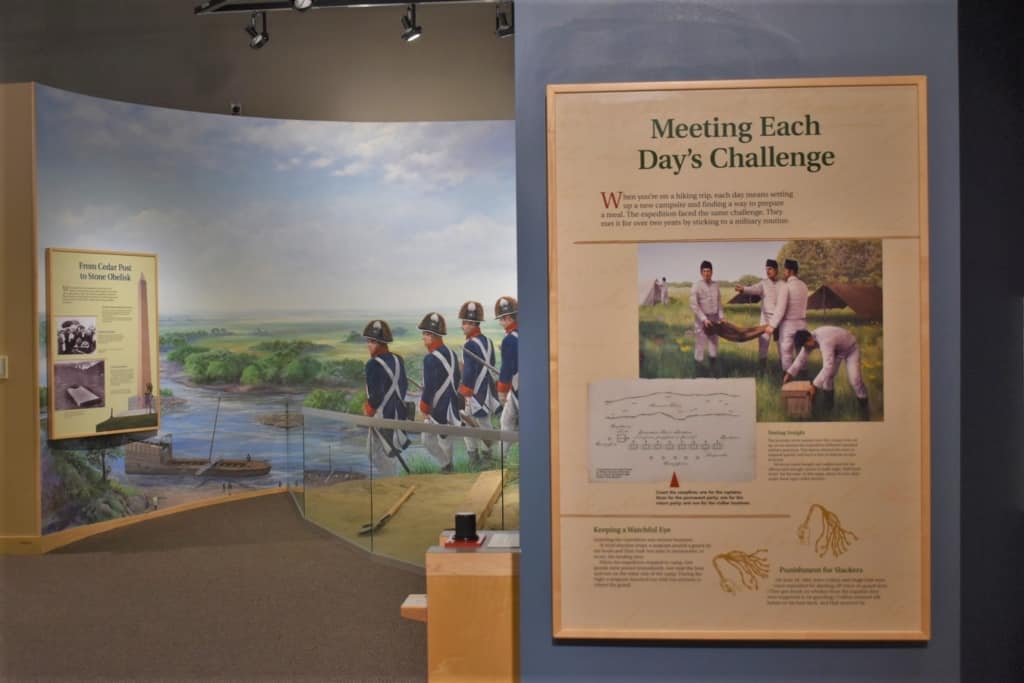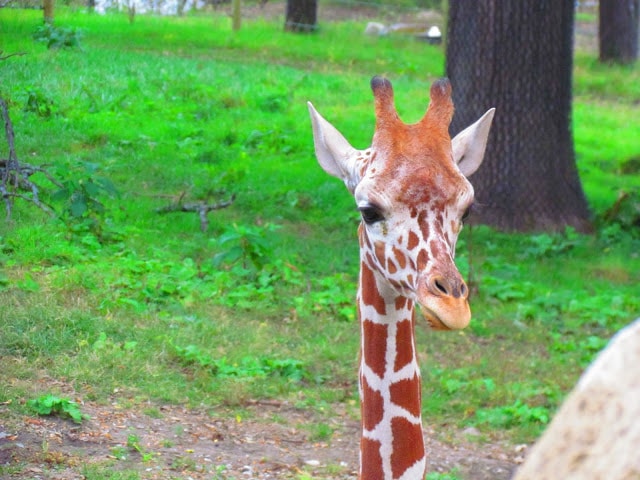Traveling can be extremely exciting, but being too long on the road can become uncomfortable. Even having all of the luxuries, won’t remove the desire for the comforts of home. Can you imagine embarking on a perilous two-year-long trip across unchartered lands? That is precisely what Meriwether Lewis and William Clark faced during their famous expedition. On a smaller level, all of us can feel the same explorer spirit when we set out on our own adventures. We were at the start of an epic road trip and we pulled off in Sioux City, Iowa for our first stop.

Presidential Directive
America was still a youngster with less than three decades under its belt. The country had elected Thomas Jefferson, in 1800, as the third president. In 1803, Jefferson offered Napoleon $10 million for New Orleans and the territories surrounding this strategic port city. Napoleon countered with an offer to sell nearly 1 million square miles for $15 million. U.S. negotiators seized on this deal and the Louisiana Purchase was realized. Seeing the value of westward expansion, it was decided that someone was needed to chart the territory. In May 1804, the Corps of Discovery embarked on their search for the rumored Northwest Passage.

Epic Road Trip Requirements
While Lewis and Clark faced unchartered lands, we had all of the latest gadgets to guide our travels. Defining an epic road trip is difficult since it means something different to each travel group. This expedition was in honor of our 40th wedding anniversary, so it had to be memorable. We had 11 days to see as much as possible. Our planned route took many weeks to develop since I am all about overdone research. In less than two weeks, we would pass through 11 states and travel over 4500 miles. It was difficult to contain our excitement as we pulled out of Kansas City. Our first stop was planned four 4 hours up the highway in Sioux City, Iowa.

Daily Duties
Much like Lewis and Clark, we had a schedule that needed to be kept in mind. I made sure to allow for some flex time, in the event of surprises. As the pilot on this journey, I kept engaged in traffic control. Crystal would be the navigator, assistant, and social media savant. Here’s where I will tell on myself just a little bit. When compiling our itineraries, I include the estimated length of each visit and stop along our way. Reading some of the information about the expedition’s stay in the area told me that their timeline was a little less rigid. The Corps of Discovery actually spent over a month in this area. That would be plenty of time to fall into a regular daily routine.

Curious Travelers
The Lewis and Clark Interpretive Center uses animatronics to bring the story to life. The most amusing exhibit involved Seaman, the Newfoundland dog that the team brought on the expedition. An animatronic prairie dog “barks” at the beast of a dog, who is clearly puzzled by this creature. In reality, their dog played an important role in the adventure. His large size and excellent swimming skills made him a valuable asset to the 41-man crew.

Unexpected Tragedy
You would expect to hear about many tragic events with such a perilous journey. In fact, only one member of the Corps would perish during the trip. The youngest man in the group, Sergeant Charles Floyd. There would certainly have been a thousand ways to die on this expedition. In reality, Floyd passed from what are considered natural causes. It is suspected that he perished from a ruptured appendix. It happened in the area that would become modern-day Sioux City. The animatronic replica tells a little about him and the duties he performed.

Early Epic Road Trip Success
You see above a picture of a happy couple filled with vigor. The excitement of the open road burns in their hearts and kindles their desire for more exploring. This first small taste was enough to whet our appetites. Now we were facing more seat time as we wheeled our way toward our next stop. Rest assured that each notable event will be journaled on our blog. While our stories are meant to stir the passion for travel in you, they also serve as reminders for ourselves. It’s the miles of time spent viewing the open landscape that helps us remember just how big our world really can be. Onward to our nest stop.





